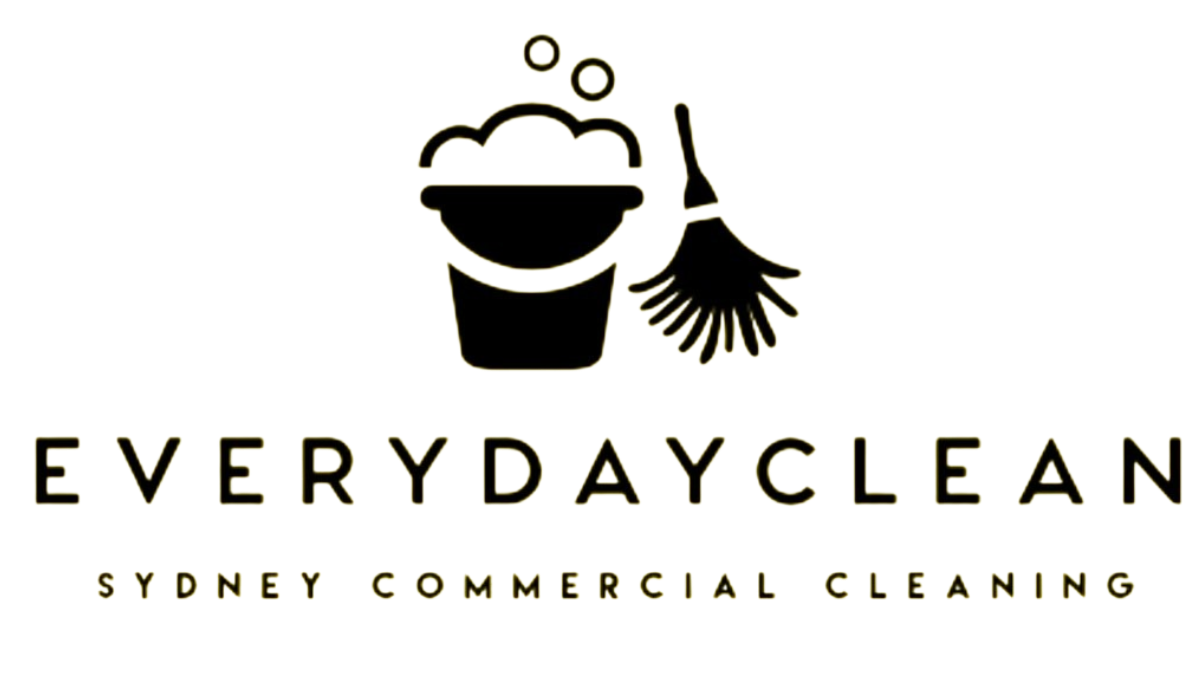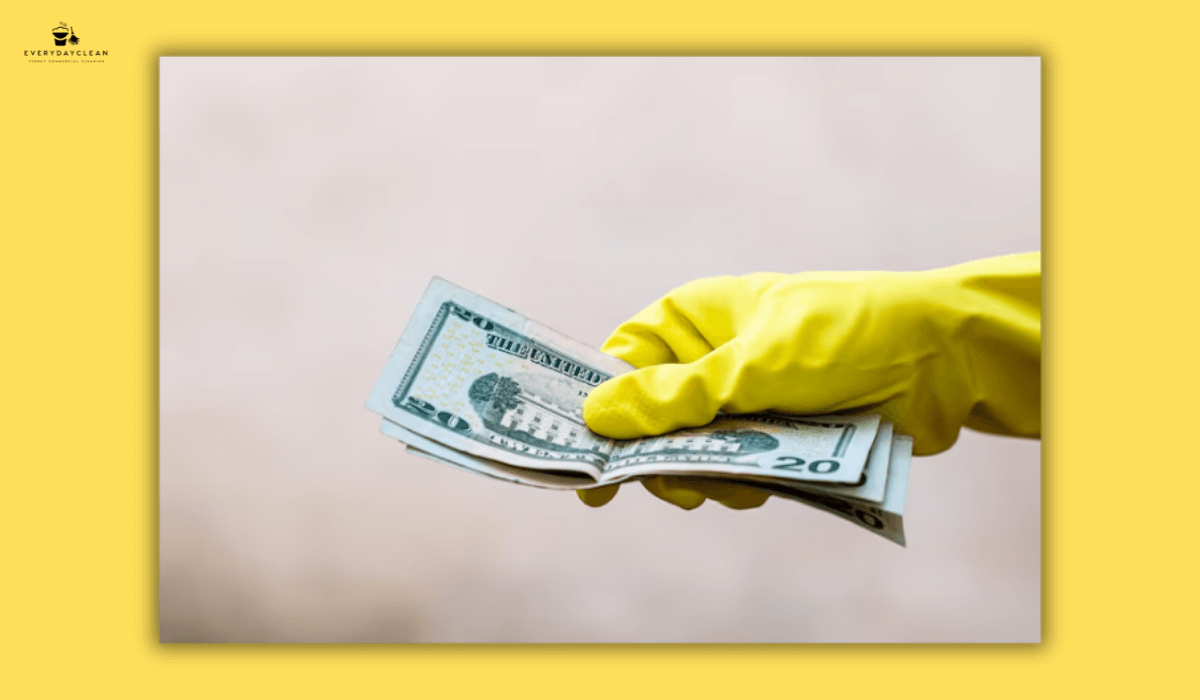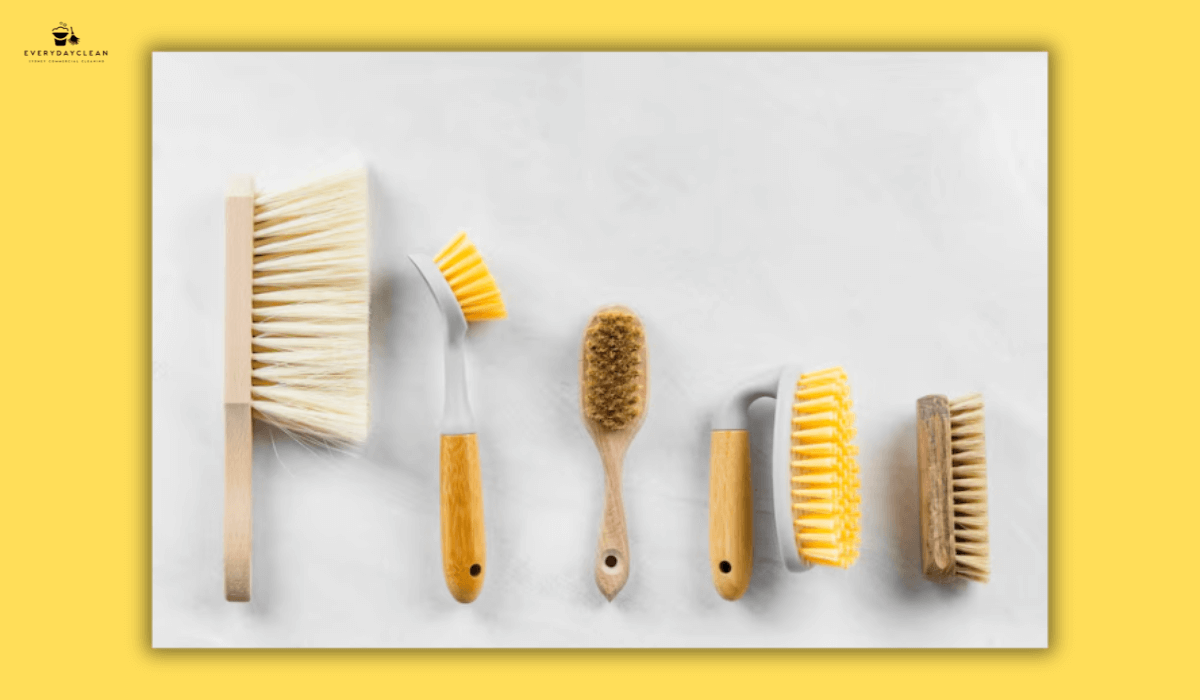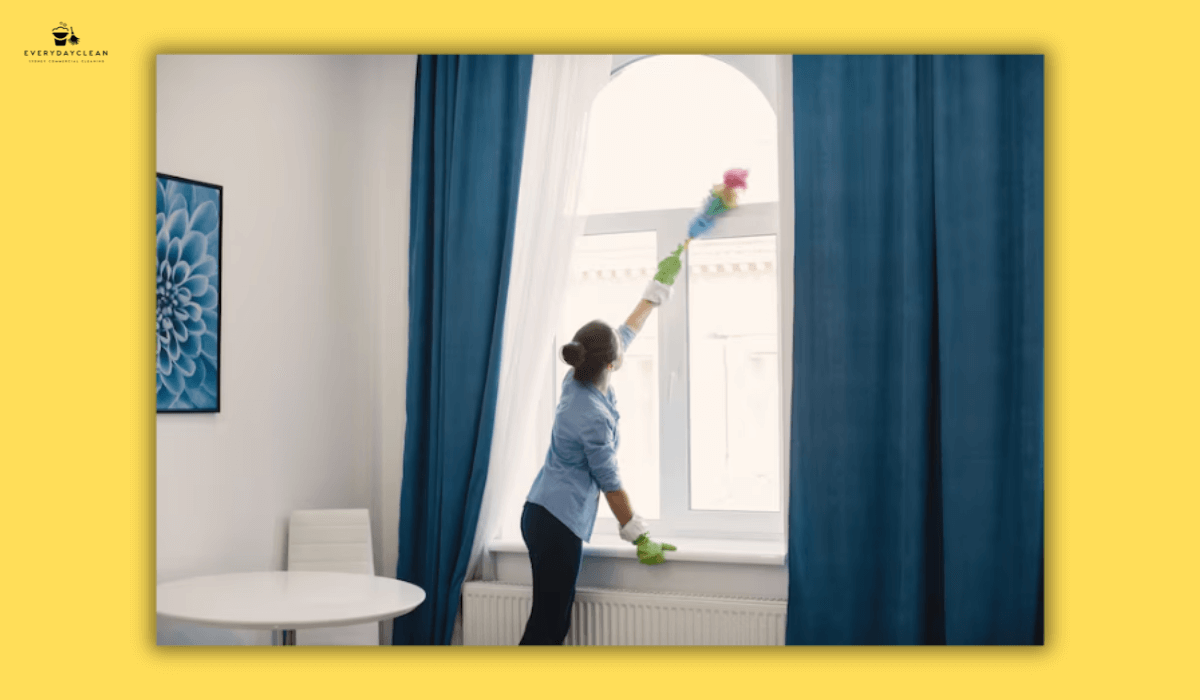20-Point Cleaning Inspection Checklist for Offices
A cleaning inspection checklist is a structured, step-by-step method used to verify that every surface, room, and high-touch area in a workplace has been properly cleaned, sanitised, and restocked. It begins by dividing the office into clear inspection zones, then applies a detailed 20-point review to assess desks, entryways, kitchens, bathrooms, and storage areas. During each inspection, results and corrective actions are recorded, and regular follow-ups are scheduled to maintain consistent standards. This process ensures every office or facility remains hygienic, compliant, and professionally presented throughout the year.
Cleaning Inspection Checklist: 20 Key Points to Review
Before beginning, arrange your checklist by zones—starting from entryways and progressing through desks, amenities, and storage. This zone-based approach mirrors how professional commercial cleaners work.
1. Entry and Reception Areas
Check that all floors are swept and debris-free. Glass doors should be spotless with no fingerprints. Reception counters, brochures, and signage must be dust-free and sanitised. A clean reception instantly sets the tone for visitors and staff. Wipe doormats or replace them if worn. Inspect lighting, and ensure bins are empty and odour-free.
2. Desks and Workstations
Evaluate every desk for dust, clutter, and stains. Computer monitors, keyboards, and telephones should be disinfected with approved cleaning wipes. Ensure chairs are clean and aligned correctly. A clean workstation minimises allergens and improves employee comfort while keeping surfaces easy for cleaners to maintain daily.
3. Meeting Rooms
Confirm that all tables are disinfected and chairs are properly positioned. Clean AV screens, remotes, and whiteboards. Wipe cables and connectors, which often accumulate dust. Ensure all surfaces are free of fingerprints and smudges. A well-kept meeting room reinforces professionalism and leaves no distractions during presentations.
4. Kitchenettes and Staff Areas
Inspect all benchtops, cupboard handles, and sinks. Disinfect surfaces to remove grease or water stains. Fridges and microwaves should be cleaned inside and out, with expired food removed. Sweep and mop the floors, and check that hand soap, dish liquid, and paper towels are restocked. This space must remain both sanitary and welcoming.
5. Bathrooms and Restrooms
Bathrooms demand high attention to detail. Check that toilets, basins, and urinals are scrubbed and disinfected. Mirrors should gleam without streaks. Mop floors thoroughly, ensuring they dry quickly to prevent slips. Restock consumables such as soap, sanitiser, and toilet paper. Proper odour control is essential.
6. Common Spaces
Inspect lounges, waiting areas, or break zones. Wipe tables and dust all furniture. Vacuum or mop floors, empty bins, and neutralise lingering smells. Air fresheners should be subtle, not overpowering. Clean communal decorations or plants to maintain a polished appearance across shared spaces.
7. High-Touch Surfaces
These areas include light switches, door handles, elevator buttons, and printer panels. Disinfect each with a commercial-grade cleaning agent. High-touch surfaces often hold more bacteria than floors, so daily attention is necessary. Check that these areas shine—small details define a clean facility.
8. Office Floors
Inspect for dust in corners and under desks. Vacuum carpets thoroughly and mop hard floors using the correct neutral cleaner. Avoid residue or streaking, which signals poor cleaning technique. Regular floor inspections preserve surfaces and extend flooring lifespan, especially in high-traffic offices.
9. Waste and Recycling Bins
Verify that all bins have been emptied, washed if needed, and relined. Separate general waste from recycling correctly. Cleaning bins prevents odour and insect problems. Supervisors should check that cleaners maintain consistency in disposal across every floor or department.
10. Windows and Glass Partitions
Windows and glass partitions should be clear and streak-free. Use ammonia-free solutions to protect tinting. Dust the window sills and edges where debris collects. Regular glass cleaning enhances light quality and reduces fingerprints, improving office presentation for clients.
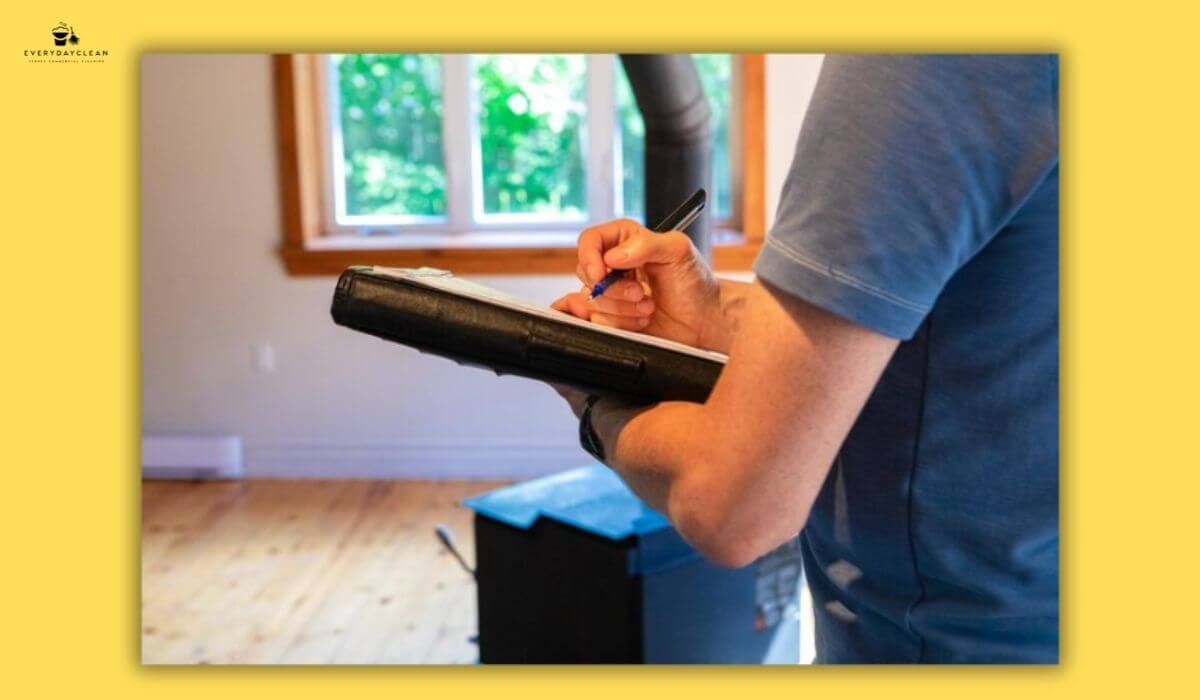
11. Air Vents and Filters
Inspect air vents for dust, lint, or mould. Clean grilles with a vacuum and wipe with a damp cloth. Proper ventilation supports healthy air circulation and reduces odour. Dirty vents make even spotless offices feel unclean, so this inspection is vital monthly.
12. Cleaning Storage Station
Ensure the cleaning cupboard is neat and sanitary. All tools—mops, cloths, and bottles—must be cleaned, labelled, and stored dry. Expired chemicals or unlabelled products should be discarded immediately. A tidy storage zone sets the tone for professional service and compliance.
13. Shared Office Equipment
Inspect printers, copiers, and scanners for dust, toner spills, and smudged screens. Clean control panels with gentle disinfectant wipes. Regular cleaning avoids malfunction and keeps devices visually clean, reinforcing hygiene standards in shared spaces.
14. Wall Fixtures and Signage
Dust or wipe signage, lights, and mounted sanitiser dispensers. Cobwebs near corners or vents must be removed. Marks or fingerprints around switches should be cleaned. Wall fixtures contribute to overall perception—when polished, they help maintain a cohesive look throughout the office.
15. Indoor Air and Odour Control
Evaluate indoor air quality. The scent should be neutral and fresh, never chemical or musty. Replace filters in air purifiers and air-conditioning units. Natural ventilation can help refresh enclosed rooms. Clean air completes the sense of hygiene and comfort in an office environment.
16. Breakout or Relaxation Zones
Inspect sofas, tables, and entertainment areas. Vacuum upholstery, wipe surfaces, and remove forgotten food or drink. Disinfect communal games or controls if present. This ensures the area feels inviting, safe, and consistently clean for staff breaks.
17. Washroom Floors and Corners
Ensure floors are mopped thoroughly, including hard-to-reach edges. Disinfect grout lines and skirting boards. Look for standing water or leaks. These areas are easily overlooked, yet maintaining them prevents odour and mould formation.
18. Supply and Utility Rooms
Review stock levels of cleaning and maintenance supplies. Products should be off the ground, labelled, and neatly organised. Any chemical spills must be cleaned immediately. Utility areas reflect the discipline of the entire cleaning operation.
19. Final Presentation Pass
Walk the entire facility with a focus on first impressions. Check alignment of furniture, lighting brightness, and visual cleanliness. Clients and employees notice these details first. Consistency here defines a well-managed cleaning program.
20. Supervisor Sign-Off
End each inspection with the supervisor's initials, date, and any corrective notes. If standards fall short, schedule re-cleaning promptly. Proper documentation ensures accountability and measurable improvement across future inspections.

How to Conduct a Cleaning Inspection: Step-by-Step Guide
Applying a cleaning inspection checklist requires a systematic process. Professional cleaning supervisors in Sydney follow five structured steps to ensure every area meets expectations.
Step 1: Prepare the Checklist
Before cleaning begins, print or load the 20-point form. Divide the workspace into clear zones—front-of-house, amenities, storage, and break areas—to avoid overlap and missed spots. Preparation establishes efficiency and clarity for all staff involved.
Step 2: Perform Zone-by-Zone Checks
Walk through each area carefully, comparing observed conditions against checklist standards. Check for dust, stains, or odours, and note deficiencies directly on the form. This disciplined process eliminates guesswork and guarantees transparency.
Step 3: Record Findings and Take Photos (If Digital)
Modern inspection systems allow timestamped photos and cleaner IDs for reference. Recording proof not only improves accountability but also builds data that guides future improvements in cleaning schedules and staff training.
Step 4: Provide Immediate Feedback
Once issues are found, act quickly. Supervisors should communicate feedback directly to cleaners and retrain staff when needed. Correcting errors in real time reinforces consistency and professionalism.
Step 5: Archive and Review Regularly
Completed checklists should be stored securely for audit purposes. Monthly reviews highlight recurring issues—like missed corners or streaked glass—and help adjust processes proactively.
When to Use a Cleaning Inspection Checklist
Cleaning inspections should align with the level of use and risk in each space.
Below is a recommended frequency guide for typical commercial properties:
| Facility Type | Inspection Frequency |
|---|---|
| Office environments | Weekly or biweekly |
| Gyms and fitness centres | Daily |
| Retail spaces | After each clean |
| Strata buildings | Fortnightly |
| Medical or childcare | After every service |
Using this rotation keeps hygiene measurable and consistent across varying environments.
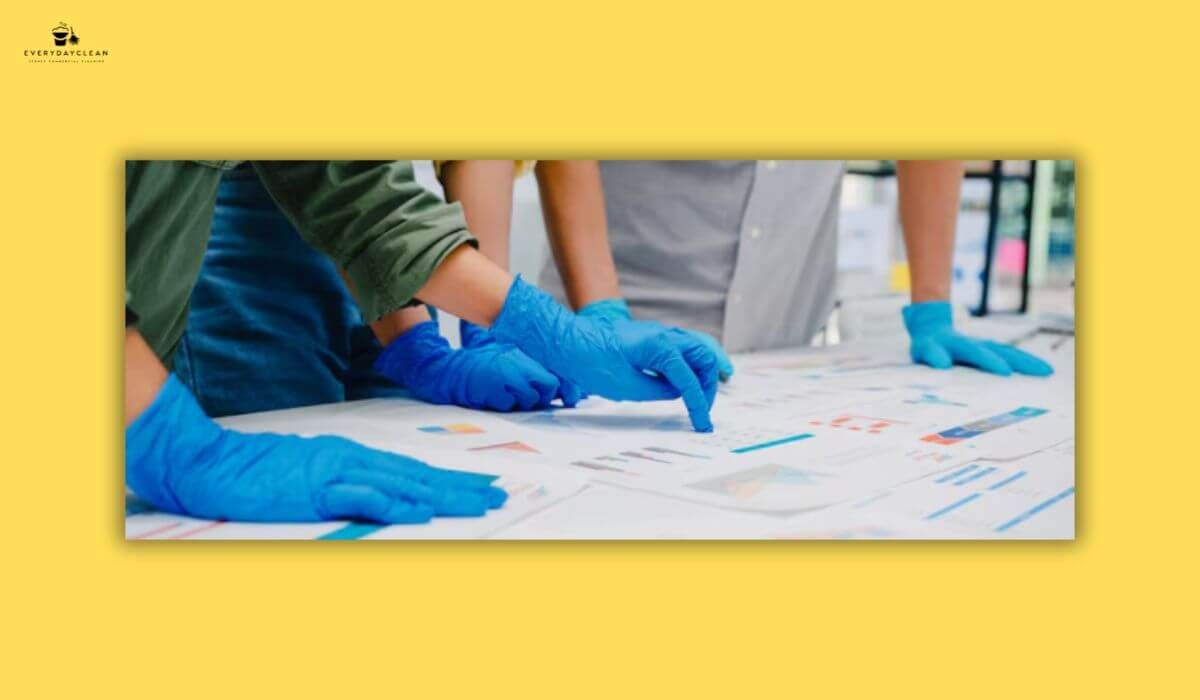
FAQs: Using a Cleaning Inspection Checklist Effectively
Cleaning checklists attract a wide range of queries—particularly around scope, digital tools, and implementation. The following FAQs expand on the most common, high-intent questions found in Google fan-out data.
What should a commercial cleaning inspection checklist include?
Every effective checklist must cover all key areas of a property: entry zones, workstations, bathrooms, kitchens, and high-touch points. Include both cleaning tasks and verification items—such as product expiry checks, tool sanitisation, and supervisor sign-off. Consistent formatting helps cleaners and managers track compliance and ensure uniform results across different shifts or teams.
How does a deep cleaning inspection checklist differ from a standard one?
A deep cleaning inspection checklist includes low-frequency, intensive tasks not covered in daily routines—such as vent cleaning, carpet extraction, descaling taps, and appliance interior disinfection. It’s typically scheduled monthly or quarterly to restore baseline cleanliness and prevent long-term build-up. Standard checklists focus on daily hygiene upkeep, while deep inspections evaluate structural cleanliness and long-term maintenance.
Should teams use digital or paper inspection forms?
Both methods are valid. Paper forms work well for small offices or single-site teams, while digital inspection software provides timestamped logs, images, and analytics. For Sydney-based commercial cleaners managing multiple buildings, digital tools reduce reporting errors and improve transparency. Ultimately, consistency in use matters more than format.
How can staff be trained to complete inspections properly?
Training should include on-site demonstrations of what “pass” versus “fail” looks like. Supervisors should explain the importance of surface disinfection over visual appearance alone. Employees must understand how to log issues, take photos, and note corrective actions. Consistent training reduces subjectivity and builds long-term cleaning discipline.
Professional Cleaning Services with Verified Inspections
A clean workplace doesn’t end with wiping and mopping—it ends with verification. That’s why Everyday Clean incorporates inspection checklists and supervisor audits in every commercial service. Our Sydney-based cleaning teams deliver documented, compliance-ready results that meet modern workplace hygiene standards.
Author: Everyday Clean Content Team
Everyday Clean is Sydney’s trusted provider of commercial cleaning solutions, including pools, gyms, offices, and strata properties. Our licensed professionals use advanced, eco-friendly equipment to deliver safe, compliant, and spotless results. With deep experience across Sydney’s hospitality, fitness, and residential sectors, we help facilities maintain inviting, healthy environments that guests trust.
